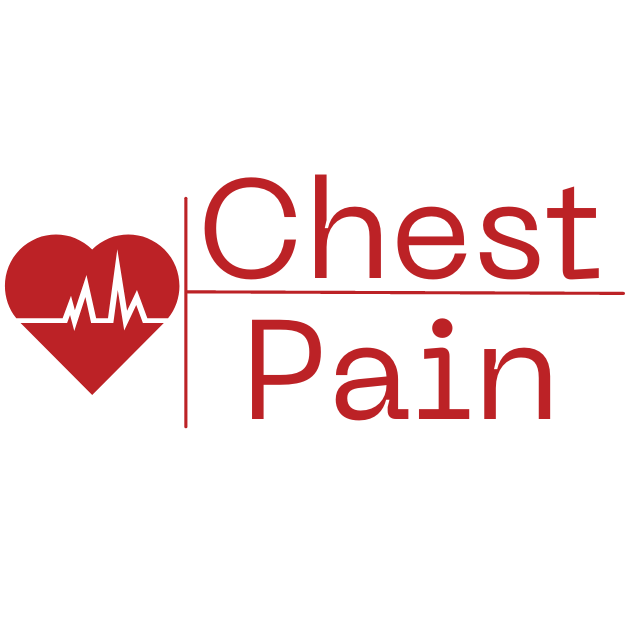Introduction
The cardiovascular system comprises arterioles, arteries, capillaries, veins, and venules. In the cardiovascular system, the blood is pumped through the heart to the lungs, and oxygen is supplied. Then a heart sends oxygenated blood from cardiac arteries to other body parts. The blood has been pumped to the heart from the capillaries through venules (smallest veins) that merge in the more prominent veins. The cardiovascular veins return blood and nutrients into the right atrium by the cardiac sinus. The main venous vessels are the cardiac sinus, anterior inter-ventricular veins (great cardiac vein), posterior interventricular veins, marginal veins, and posterior veins in the left ventricle. Furthermore, there are ten veins in the heart.
Functions of cardiovascular veins
The cardiovascular veins are responsible for transporting the deoxygenated blood through the myocardium into the right atrium. Then this blood pumps back into the lungs to get oxygen and removes carbon dioxide. Cardiovascular veins consist of valves that prevent blood from flowing back. The Thebesian valve is the thin and semicircular membrane in the right atrium at the cardiac sinus. Generally, cardiovascular veins are present without atherosclerotic plaques.
Structure of cardiovascular veins
The cardiovascular veins have been divided into two groups: the greater and smaller cardiac veinous systems.
- Greater cardiac venous system: These veins transport most deoxygenated blood through the myocardium into the cardiac chambers. Generally, they transport three-quarters of blood into the right atrium. This venous system consists of the coronary sinus, anterior cardiac veins, and ventricular, atrial, and marginal veins (Sirajuddin et al., 2020).
- Coronary sinus: The most prominent cardiac vein comprises smaller vessels and works in the collection of cardiac venous blood. It is located along with the posterior atrioventricular groove of the heart. The coronary sinus orifice drains the cardiac sinus in the right atrium. Furthermore, it collects drainage from the oblique cardiac vein, great cardiac vein, middle and small cardiac veins, and left posterior vein.
- Oblique Cardiac Vein: It is a small-sized vein that pumps deoxygenated blood through the inferior and lateral regions at the left atrium into the atrioventricular grooves. It has been called Marshall’s vein. It is observed that the oblique cardiac vein joins with the great cardiac vein and merges with the cardiac sinus (Spencer et al., 2013).
- Great Cardiac Vein: It is a large-sized vein located at the interior surface of the heart. A great cardiac vein accompanies the anterior interventricular artery towards the left atrium auricle to connect to the cardiac sinus.
- Middle Cardiac Vein: It originated from the posterior side of the heart. Generally, it is known as the posterior interventricular vein. It drains the deoxygenated blood in the coronary sinus.
- Small Cardiac Vein: It has been referred to as the right cardiac vein and is located at the coronary groove between the right atrium and right ventricle. Generally, this vein drains in the cardiac sinus but sometimes empties in the middle of the cardiac vein.
- Right Marginal Vein: The small vein drains the blood to the right atrium. It has been passed at the inferior margin of the heart and connects to the small cardiac vein.
- Anterior Cardiac Veins: These veins transport the blood through an anterior right ventricle and empty it in the right atrium directly.
- Left Marginal Vein: It has been referred to as the obtuse marginal vein or lateral vein. It drains the myocardium of a left ventricle in the cardiac sinus.
- Left Posterior Veins: Generally, these veins transport the deoxygenated blood from the lateral and inferior sides of a left ventricle in the cardiac sinus. These veins have been transported among the great and middle cardiac veins.
- Smaller cardiac venous system: These veins transport smaller portions of deoxygenated blood through the inner layers of the myocardium into the heart chambers. Usually, they transport one-quarter of the blood to the heart. The minor cardiac venous system has Thebasian veins that empty blood from the myocardium chambers. This vein drains mainly on the right side of a heart than the left side (Boeder et al., 2013).
Clinical significance of cardiovascular veins
According to biomedical science, cardiovascular veins have obtained remarkable clinical values for treating cardiac patients worldwide. These veins are essential for various cardiac procedures, such as retrograde cardioplegia, cardiac catheterization, stem cell therapy, drug delivery, and cardiovascular venous reperfusion. The coronary sinus has been the essential feature of a cardiac vein for clinical procedure and treatment. The cardioplegic solutions and medications through cardiac sinus have clinical significance. It has been observed that delivery from cardiovascular veins may increase the effectiveness of the treatment rather than delivery by cardiac arteries. The cardiac sinus has been important for retrograde cardioplegia because of its higher visibility and optimal location. Furthermore, several diagnostic tools, CT angiography, MRI scan, and electrocardiography, have been used to estimate the cardiac sinus and identify cardiac anomalies, like vessel obstruction and congenital abnormalities.
References
http://www.vhlab.umn.edu/atlas/cardiac-veins/index.shtml
http://www.vhlab.umn.edu/atlas/coronary-system-tutorial/coronary-venous-anatomy.shtml#
Miao, J.H. and Makaryus, A.N., 2021. Anatomy, Thorax, Heart Veins. In StatPearls [Internet]. StatPearls Publishing.
Sirajuddin, A., Chen, M.Y., White, C.S. and Arai, A.E., 2020. Coronary venous anatomy and anomalies. Journal of Cardiovascular Computed Tomography, 14(1), pp.80-86.
Boeder, N.F., Nef, H.M. and Bauer, T., 2017. Thebesian veins as drainage to the ventricle: A case report. Cardiovascular Revascularization Medicine, 18(3), pp.213-214.
